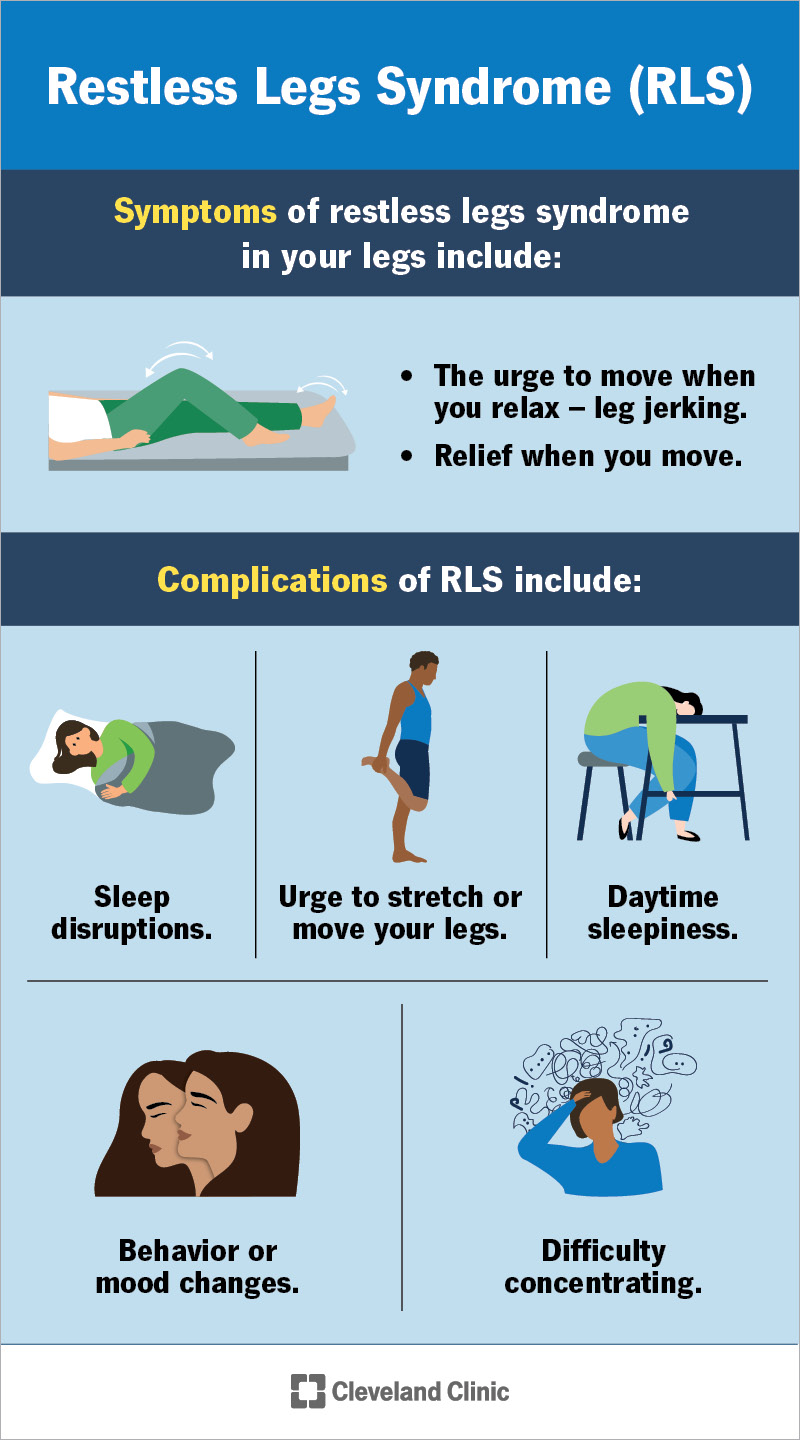Treating restless leg syndrome
Restless Leg Syndrome (RLS) is a condition that causes uncomfortable sensations in the legs, leading to an irresistible urge to move them, especially during periods of inactivity. Although there is currently no cure for RLS, various treatment options exist to help manage symptoms effectively.
One of the primary approaches to treating RLS is via lifestyle changes. The Mayo Clinic emphasizes that such modifications can be instrumental before considering pharmacological interventions. If lifestyle changes do not yield sufficient relief, healthcare providers may prescribe medications tailored to the patient's needs. For a comprehensive overview of treatment protocols, you can visit the Mayo Clinic.
The American Academy of Sleep Medicine (AASM) has developed updated clinical practice guidelines that provide specific recommendations for RLS treatment. These guidelines can help healthcare professionals determine the most effective therapeutic strategies, as found in the latest announcement from the AASM. More details can be accessed through the AASM's website here.
The Sleep Foundation outlines that a combination of lifestyle changes, vitamin and mineral supplementation, medical devices, and medications can significantly alleviate the symptoms of RLS. You can explore these comprehensive strategies further on the foundation's website here.
A recent article from Massachusetts General Hospital details that dopamine-related medications have shown effectiveness in the short-term management of RLS symptoms. However, the long-term efficacy of these treatments requires careful consideration due to potential side effects. You can read more about these findings here.
The National Institute of Neurological Disorders and Stroke (NINDS) notes that managing RLS symptoms often involves identifying and addressing potential contributing factors. This holistic approach is crucial since RLS is chronic and varies in intensity for each individual. For further reading, visit the NINDS page here.
The RLS Foundation provides an updated algorithm for management, highlighting FDA-approved treatments such as pramipexole, ropinirole, rotigotine patches, and gabapentin enacarbil. This algorithm can serve as a valuable resource for both patients and healthcare providers, which can be found in their PDF document.
Lastly, the Cleveland Clinic also emphasizes the importance of both medical treatment and lifestyle adjustments in alleviating RLS symptoms. Detailed information regarding these approaches is available on their site here.
In summary, effective treatment of Restless Leg Syndrome involves a combination of lifestyle changes and potentially pharmacological options, as well as ongoing education around the condition to inform better management strategies.
Sources


Related Questions
Work fast from anywhere
Stay up to date and move work forward with BrutusAI on macOS/iOS/web & android. Download the app today.
